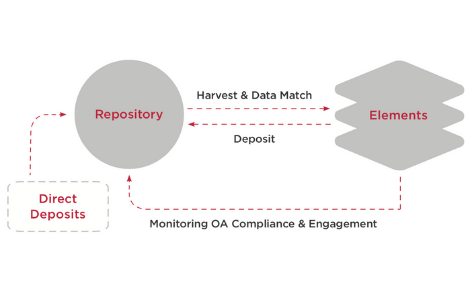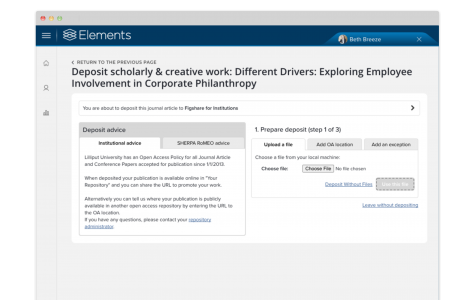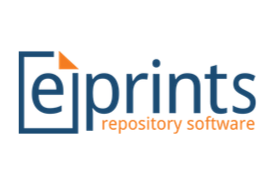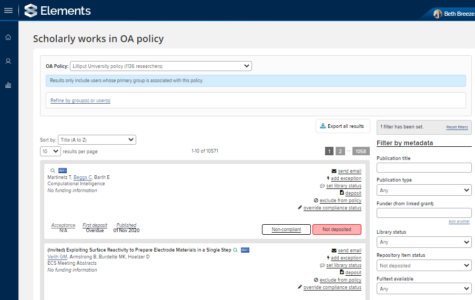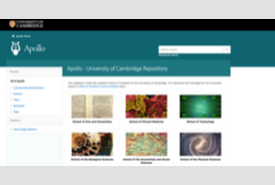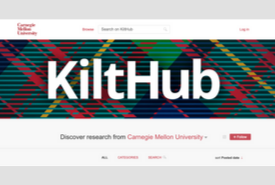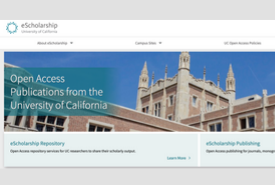Intelligent data harvesting and easy deposit
Intelligent data harvesting means Symplectic Elements is always working for you in the background, continuously identifying and matching research outputs to populate your publication record. As the metadata of scholarly works is already in Symplectic Elements, full-text deposit becomes as simple as a few mouse clicks.
By supporting multiple, independently configurable policies, the OA Monitor enables flexible workflows and smarter compliance tracking – all while reducing administrative burden and supporting your institutional open access goals.
